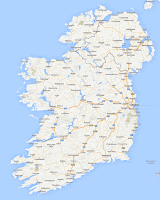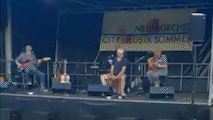Jurassic Park is an American media franchise centering on a disastrous attempt to create a theme park of cloned dinosaurs. It began in 1990 when Universal Studios bought the rights to the novel by Michael Crichton before it was even published.
The book was successful, as was the 1993 film adaptation, which led to three sequels, although the third and fourth films were not based on novels, as the first two were.
The Jurassic Park Ultimate Trilogy was released on DVD and Blu-ray on October 25, 2011 in North America. The first film was re-released in 3D on April 5, 2013. Since 1996, several water rides based on the series have been opened at various Universal theme parks.
The fourth film, Jurassic World, was initially scheduled to be released in the summer of 2005, but was delayed numerous times and was ultimately released in June 2015. It has grossed more than $1.66 billion, making it the third highest-grossing film of all time. When adjusted for monetary inflation, however, this film is the second highest grossing in the franchise after Jurassic Park. A fifth film is scheduled for a June 22, 2018 release date.

















































